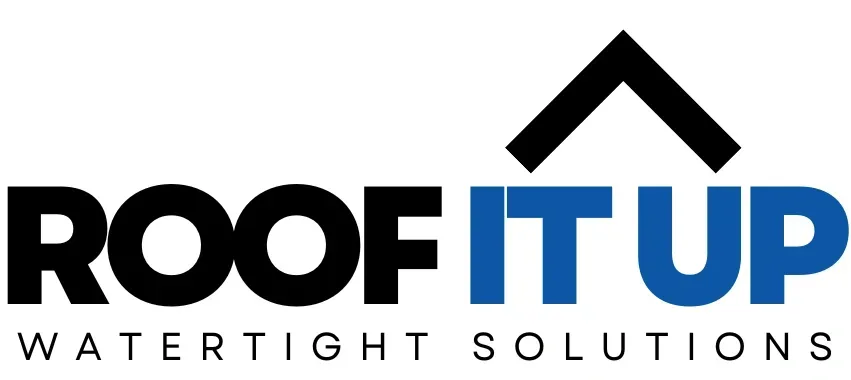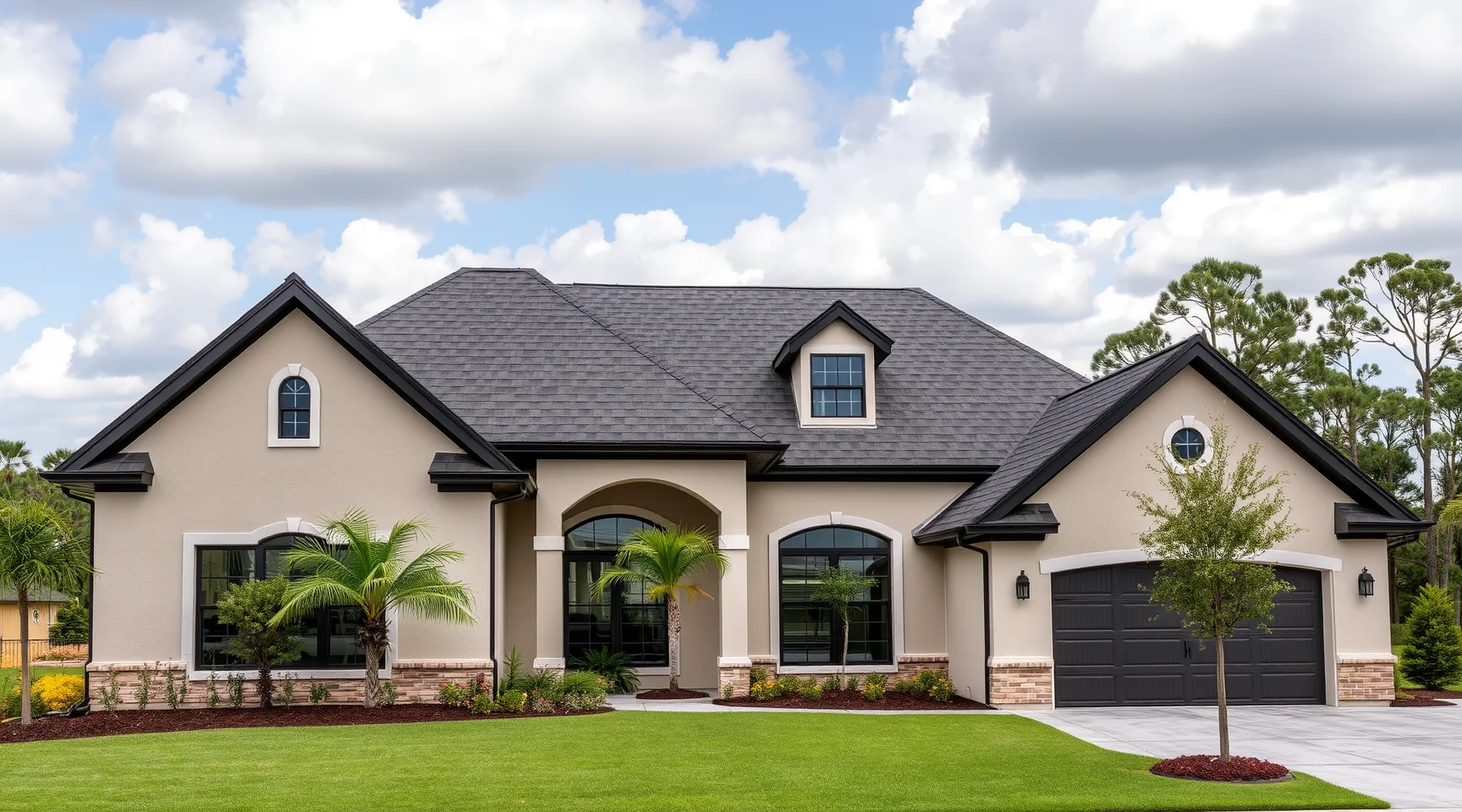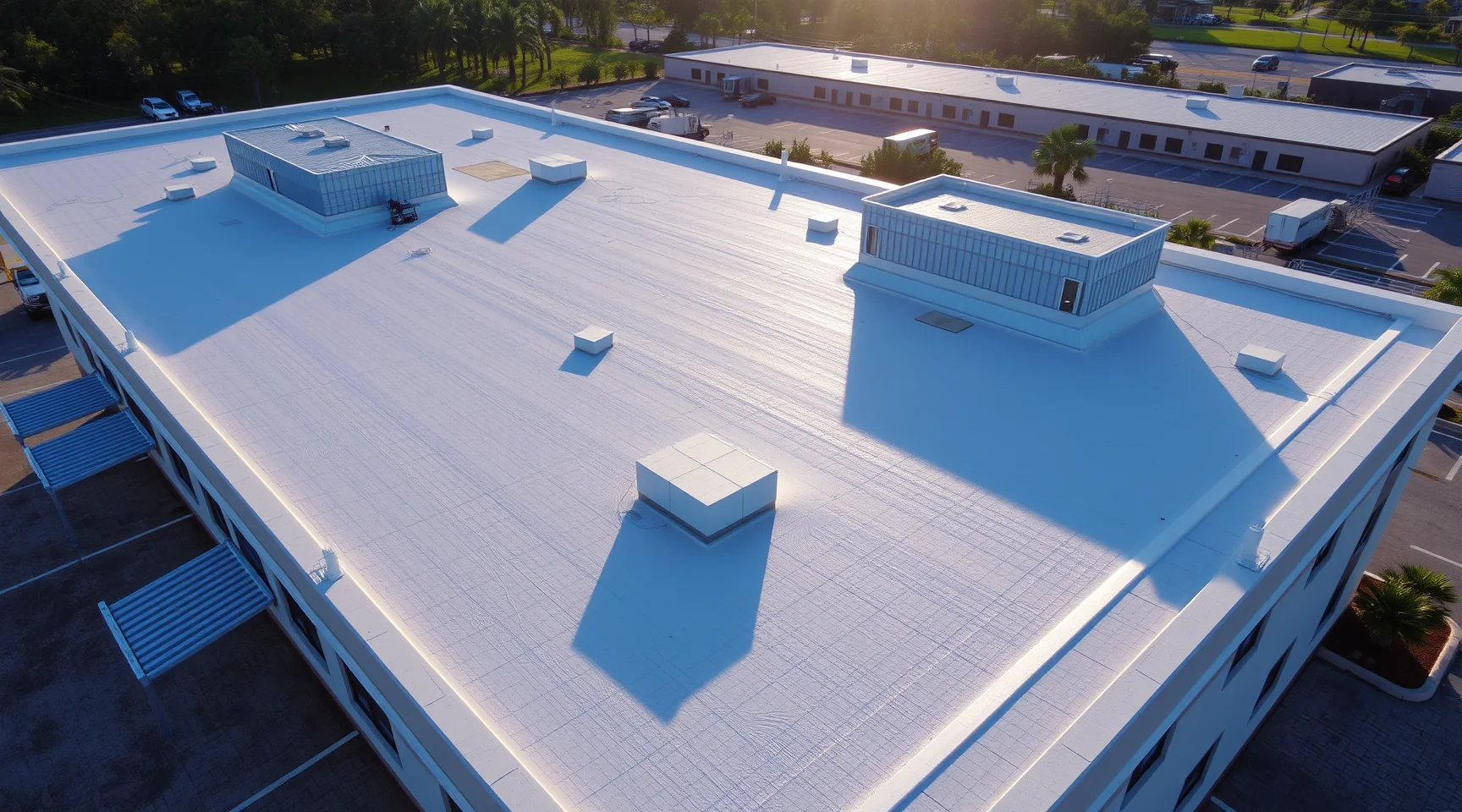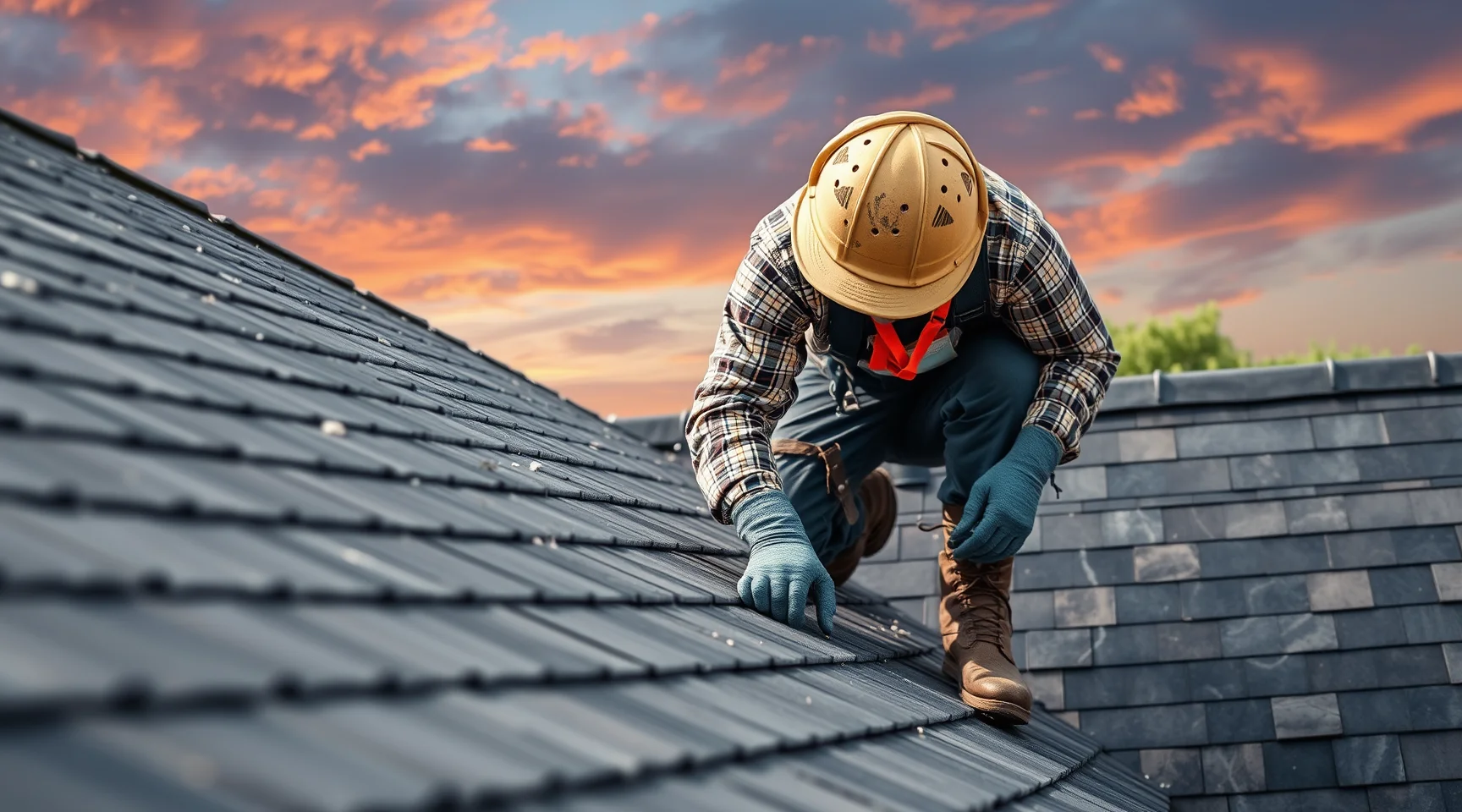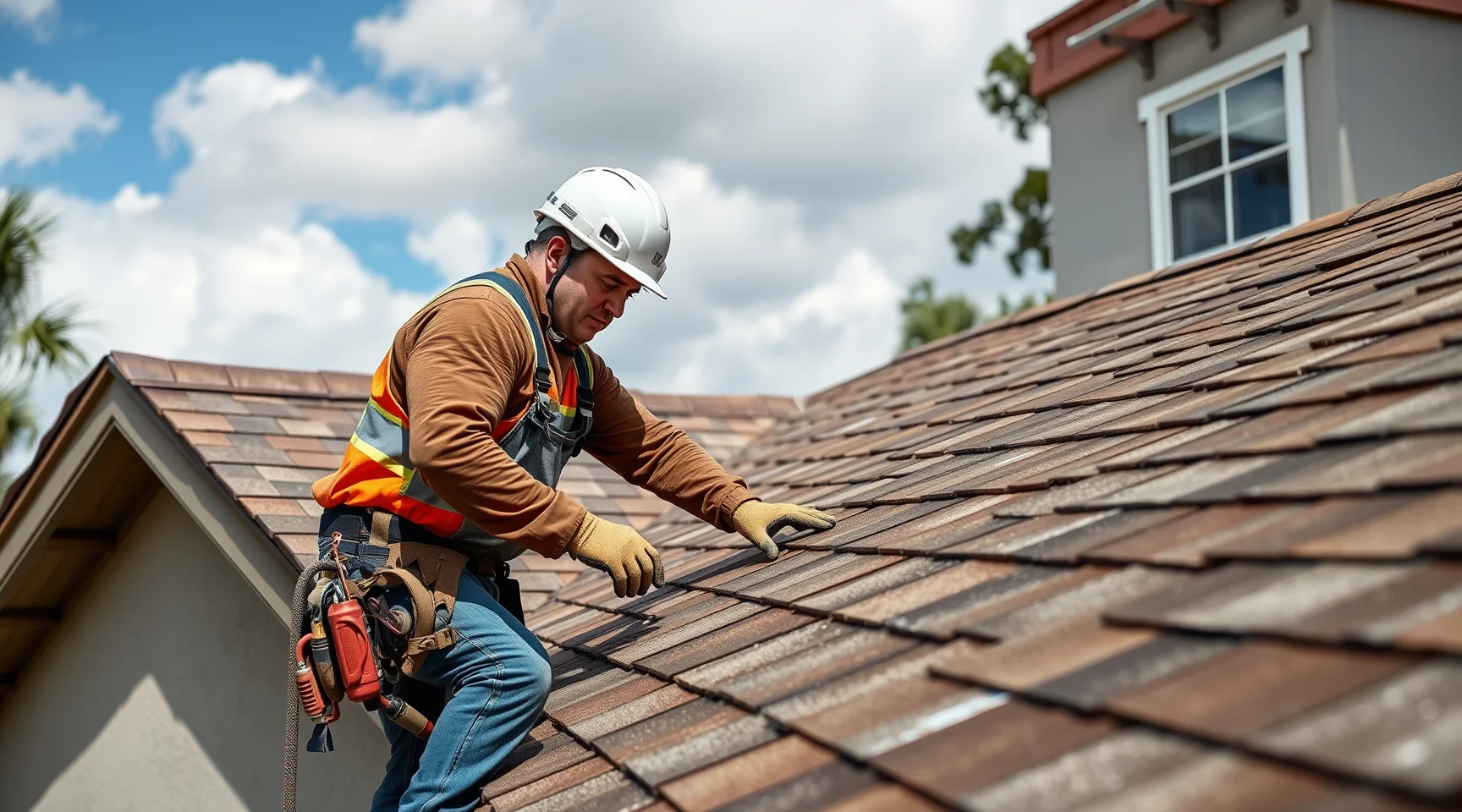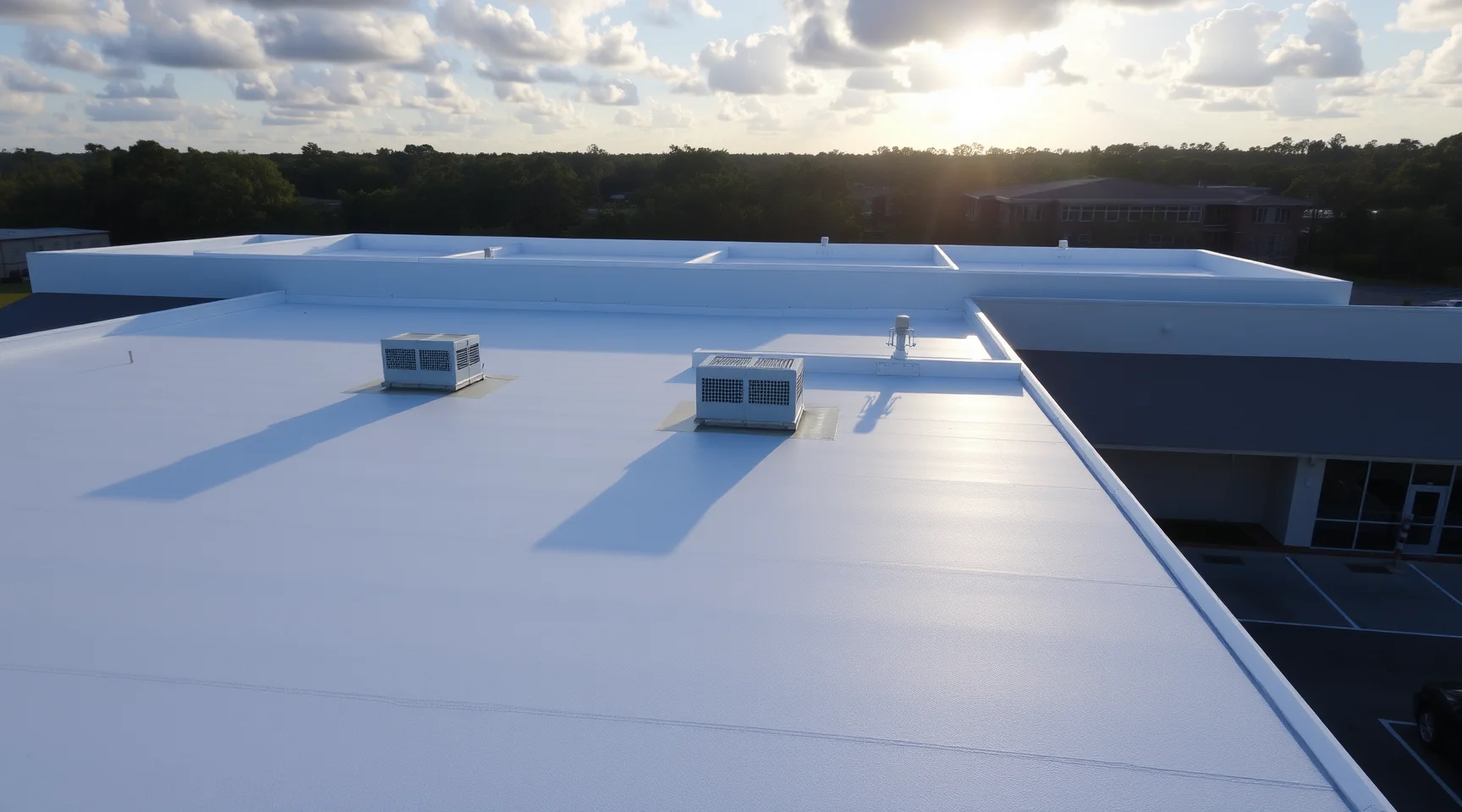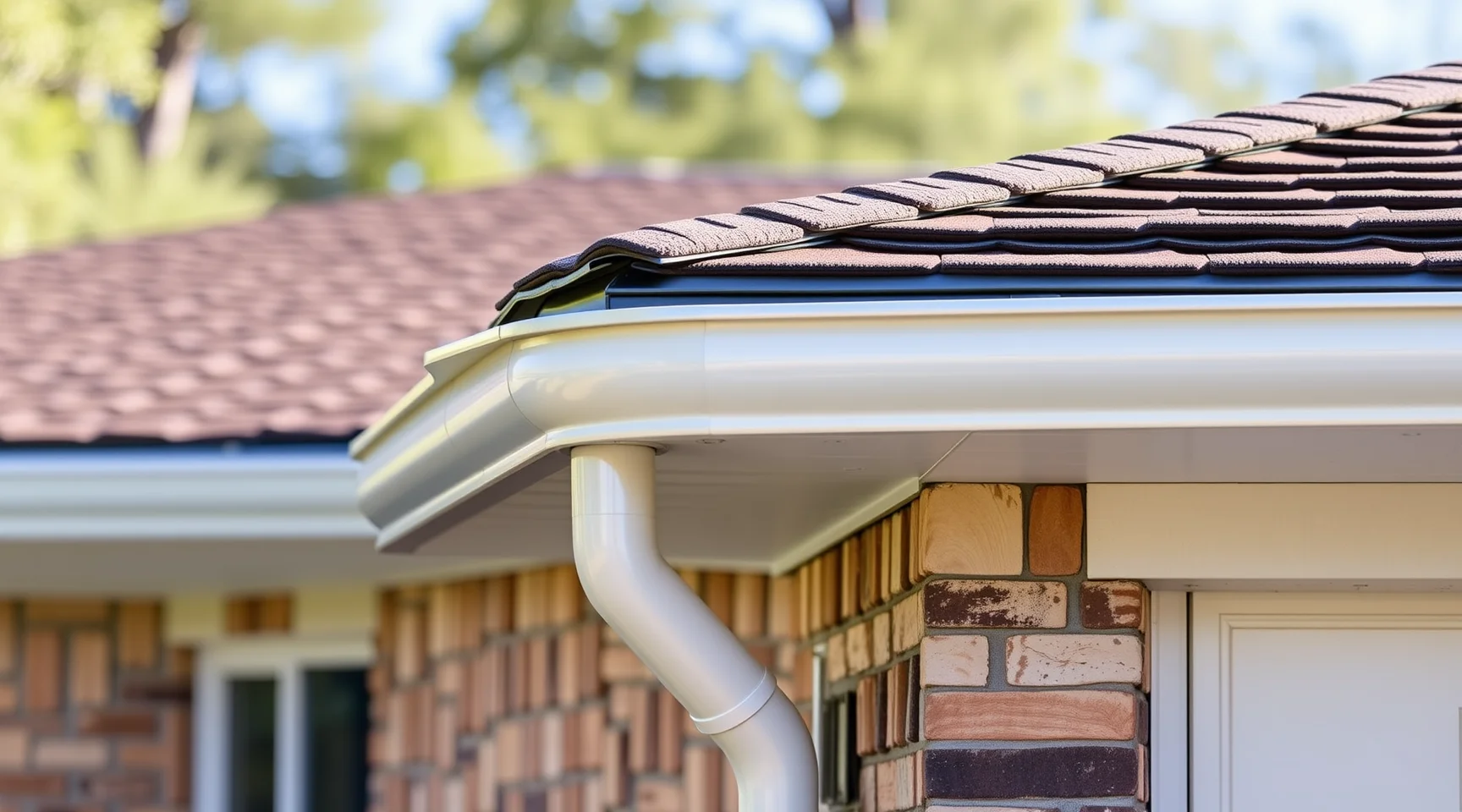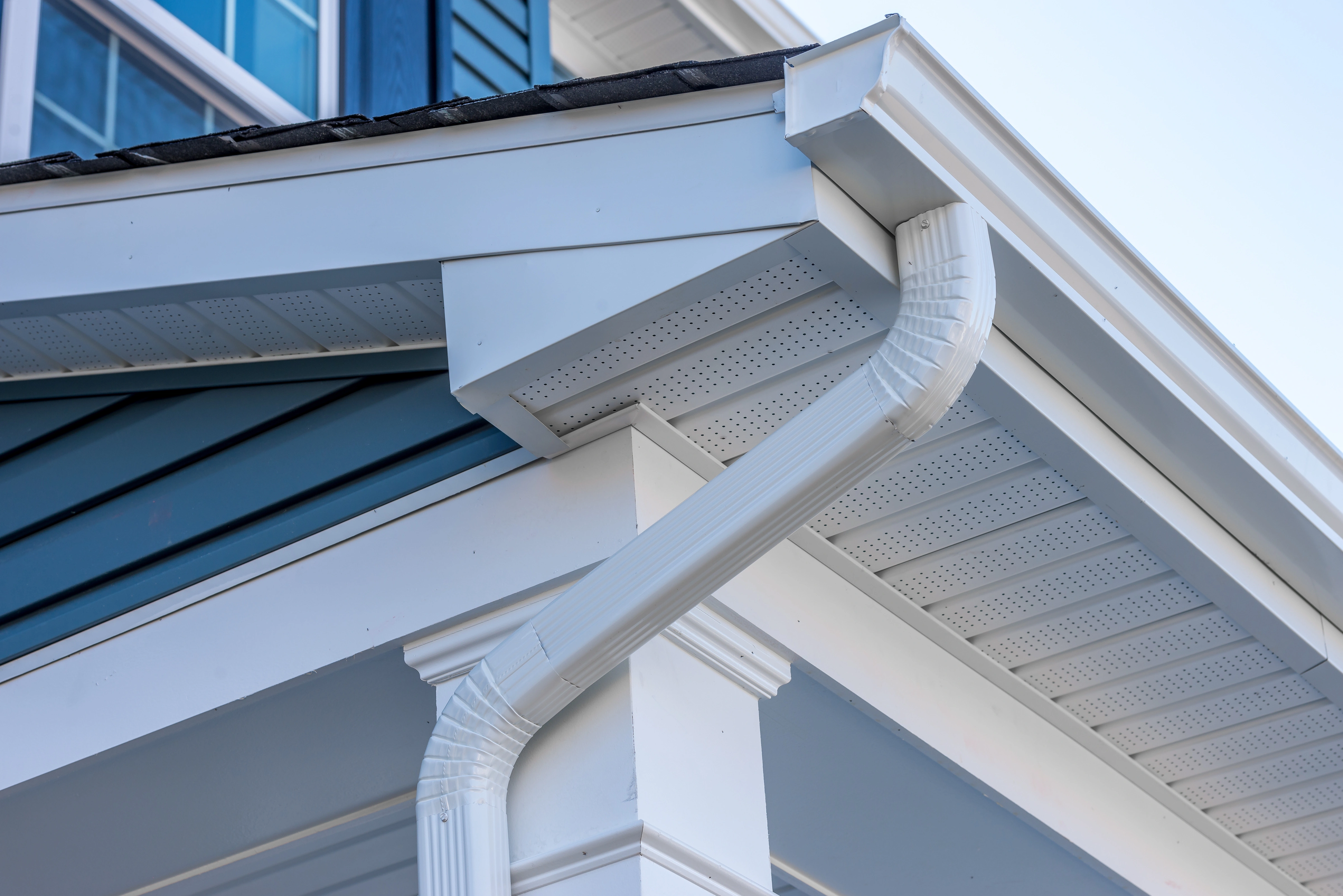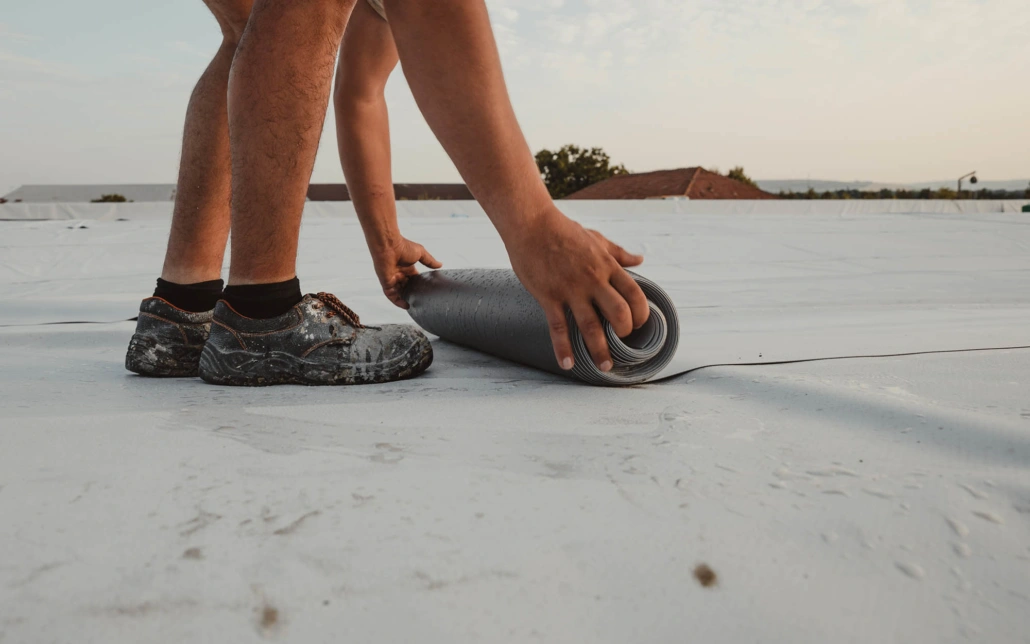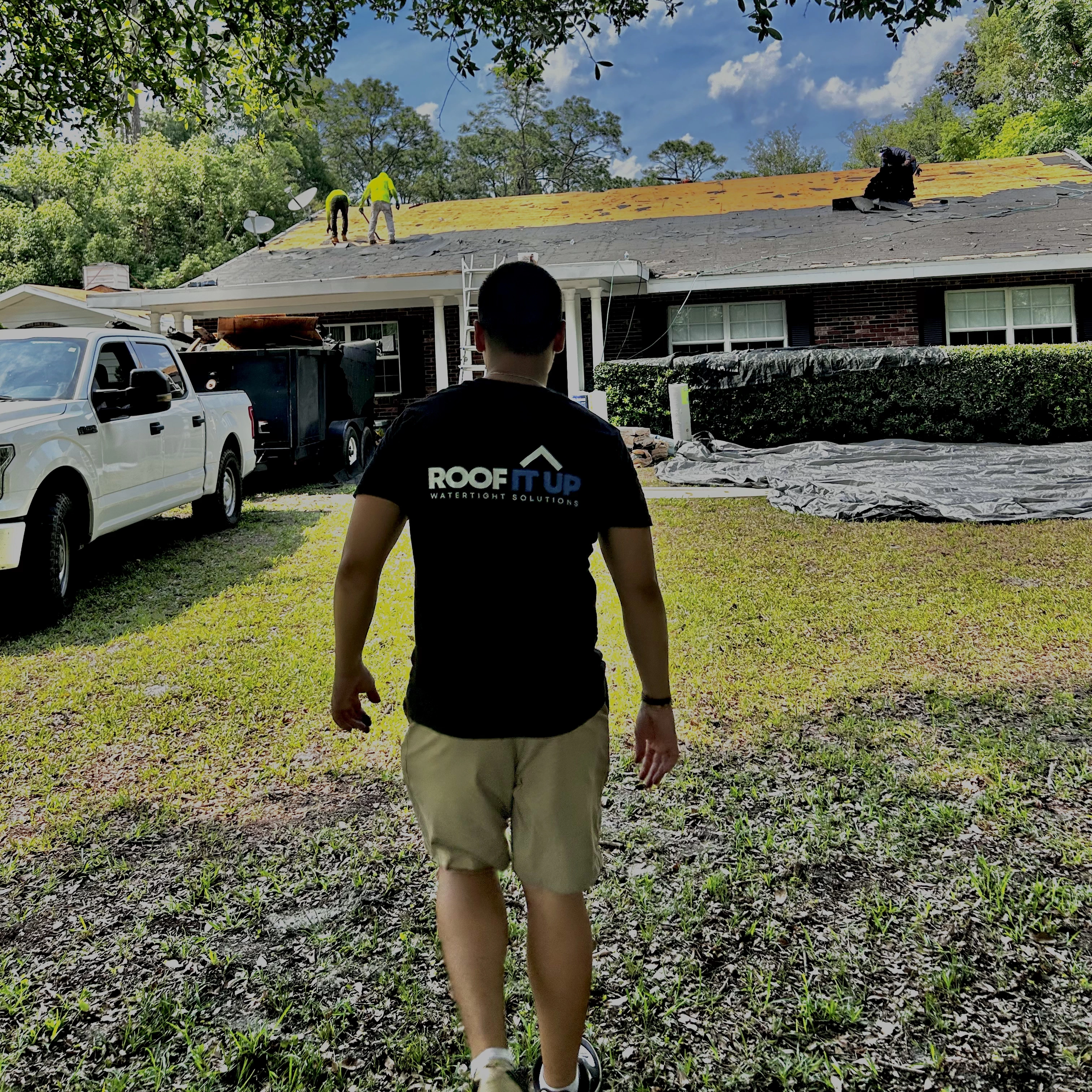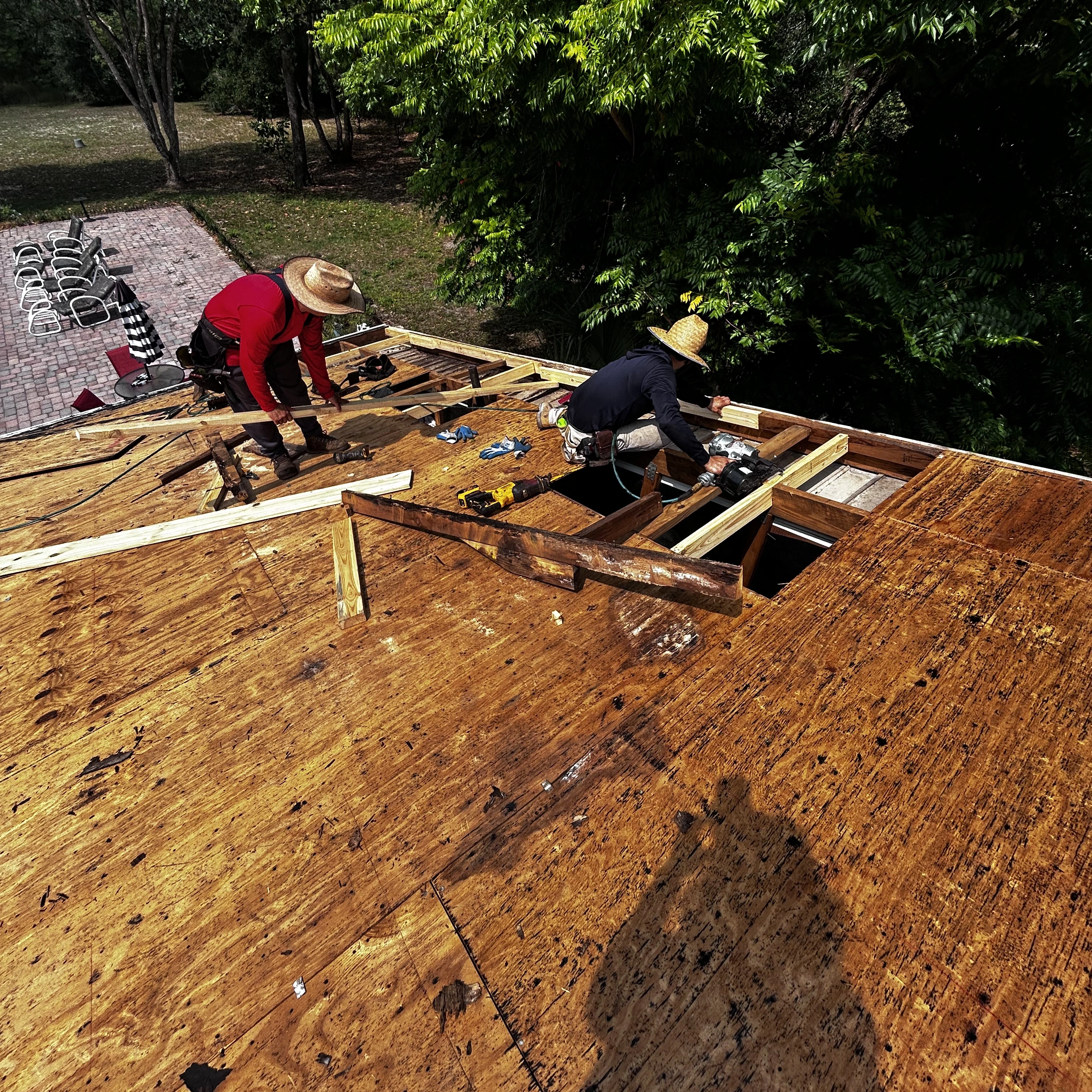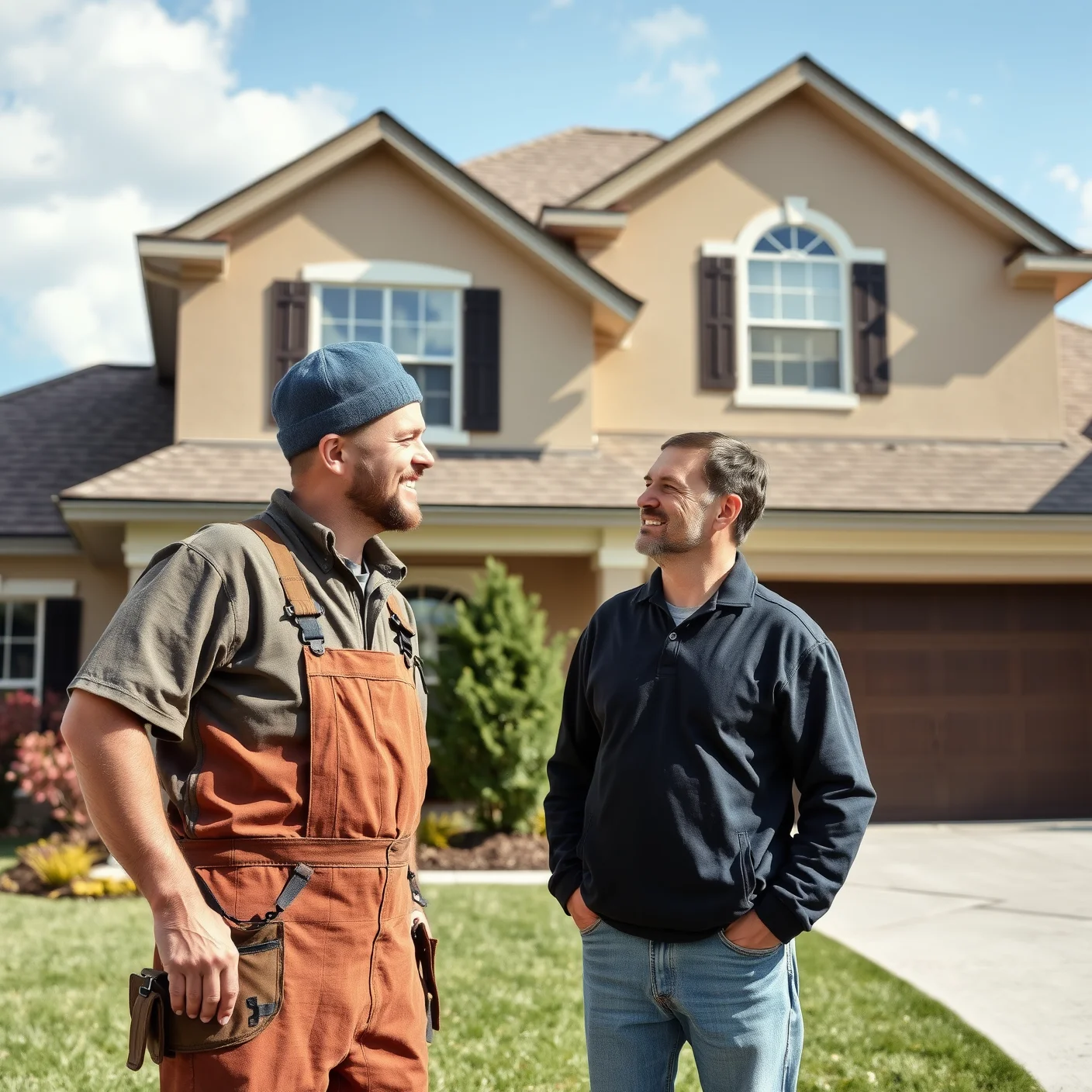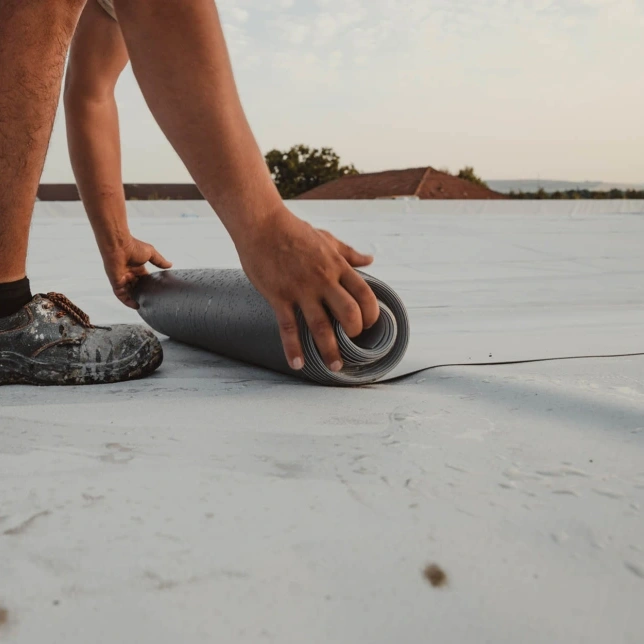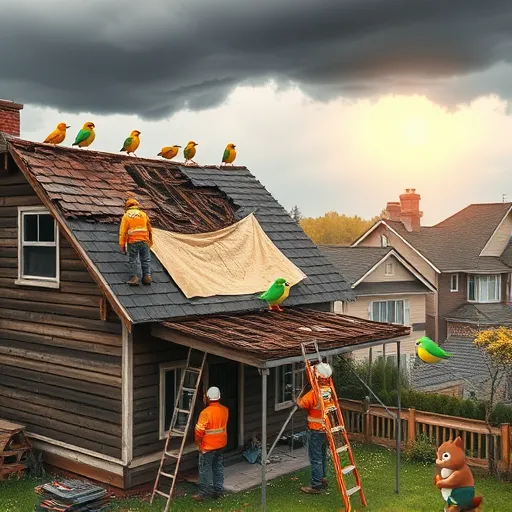
Storm Damage Roof Repair Services | Expert Roof Restoration Please
What Makes Storm Damage Roof Repair Services Essential for Your Home?
When nature unleashes its fury, your home’s roof often bears the brunt of the storm. From fierce winds to heavy hail and torrential rain, storms can inflict significant damage that compromises your home's integrity and safety. This is where storm damage roof repair services become not just a maintenance task but a critical safeguard for your property's long-term health.
Storm damage repair isn’t merely about cosmetic fixes; it’s a strategic intervention to prevent further issues like leaks, mold, structural weakening, and even interior damage. Recognizing the importance of timely intervention keeps your home resilient amid unpredictable weather patterns.
How Can You Identify Signs of Storm Damage on Your Roof?
Detecting storm damage early can save you from costly repairs down the road. Look for these common indicators:
Missing or Displaced Shingles: Hail or high winds can dislodge or tear shingles, exposing your roof to water infiltration.
Hail Dents or Bruises: Hailstones can leave visible marks on metal components and shingles.
Cracked or Broken Tiles: Clay or concrete tiles are prone to cracking during storms.
Granule Loss: Excessive granules in gutters indicate shingle deterioration often caused by hail.
Water Leaks or Stains Inside the Home: Signs of compromised roofing material allowing water ingress.
If you notice any of these, consulting with a professional storm damage roof repair service can help assess and address the issues promptly.
What Are the Most Effective Techniques in Storm Damage Roof Repair?
Storm damage repairs require a blend of specialized skills and advanced techniques to restore your roof’s strength and durability:
Comprehensive Inspection: Experts conduct thorough assessments to identify all damage, even hidden issues.
Temporary Shields: When immediate repair isn’t possible, tarps or protective covers prevent further water intrusion.
Shingle Replacement and Reinforcement: Replacing damaged shingles and reinforcing weak areas enhances overall resilience.
Metal and Flat Roof Repairs: For different roofing types, tailored repair strategies ensure a seamless fix.
Waterproofing and Coatings: Protective coatings extend your roof’s lifespan and help withstand future storms.
Professionally executed storm damage restoration ensures your roof can endure future extreme weather conditions while maintaining aesthetic appeal.
How Do Storm Damage Roof Repair Services Improve Your Home’s Safety and Longevity?
Timely, expert repairs do more than patch up your roof—they enhance your home’s overall safety and longevity. Here’s how:
Prevent Water Damage: Fixing leaks and damaged areas stops water from seeping into your walls and foundation.
Secure Structural Integrity: Reinforcing weak spots preserves the roof’s capacity to withstand high winds and impacts.
Enhance Energy Efficiency: Repaired and properly sealed roofs improve insulation, reducing energy costs.
Increase Property Value: A well-maintained roof attracts potential buyers and boosts your home’s market appeal.
Reduce Future Repair Costs: Addressing damage early minimizes the need for extensive future repairs, saving money over time.
For comprehensive solutions, consider consulting specialists in roof repairs and roof installations to secure your home against nature’s elements.
What Types of Roofing Are Best Suited for Storm Damage Repairs?
Different roofs respond uniquely to storm impacts. Here’s a glance at common roofing types and their repair considerations:
Shingle Roofs
Most residential homes feature asphalt shingles, which are vulnerable to hail impact and wind uplift. Regular inspections and timely shingle replacements keep these roofs resilient. Explore shingle roofs options for durability.
Metal Roofs
Metal roofs offer superior resistance but can be dented or damaged during large hail. Metal roof repair services focus on fixing dents and sealing joints to maintain their longevity. Discover more at metal roofing.
Flat and Commercial Roofs
Flat roofs, often found on commercial properties, require specialized repair techniques like TPO or EPDM membrane patches. These repairs protect against pooling water and wind-driven debris. Learn about flat roofs and their repair solutions.
What Should Homeowners Do Immediately After a Storm To Minimize Damage?
Acting swiftly after a storm can significantly reduce repair costs and structural risks. Here are key steps to take:
Perform a Visual Inspection: Look for obvious signs of damage on your roof, gutters, and exterior walls.
Document the Damage: Take photographs and notes for insurance claims and contractor consultations.
Clear Gutters and Downspouts: Remove debris that could hinder water runoff and further damage.
Protect Exposed Areas: Cover broken sections with tarps to prevent additional water ingress.
Contact a Professional: Reach out to experienced storm damage roof repair experts to assess and repair the damage accurately.
For immediate assistance and expert support, contact Roof It Up, a leader in storm damage restoration services.
How Can Regular Maintenance and Inspection Extend the Life of Your Roof?
Proactive maintenance is key to ensuring your roof withstands future storms. Regular inspections help identify minor issues before they escalate. Consider:
Scheduling annual roof inspections, especially before the storm season.
Cleaning gutters and flashings to prevent water buildup.
Replacing aging or damaged shingles promptly.
Applying protective roof coatings for enhanced resistance.
Find out more about roof coating options to reinforce your home’s defenses.
Are There Proactive Ways to Prepare Your Home for Future Storms?
Preparation is vital in the eclectic art of storm protection. Here are some actionable strategies:
Upgrade to Impact-Resistant Materials: Choose shingles, tiles, or metal panels designed to stand up against hail and high winds.
Install Storm Shields and Reinforcements: Reinforce vulnerable areas like chimneys and vents.
Improve Drainage Systems: Proper gutters and downspouts ensure water flows away from the foundation, reducing internal leak risks.
Trim Overhanging Branches: Removing tree limbs near your roof prevents additional damage from falling limbs during storms.
Develop an Emergency Plan: Know whom to call for immediate storm damage repair and have insurance documentation ready.
For expert advice on enhancing your home’s resilience, contact Roof It Up.
Frequently Asked Questions About Storm Damage Roof Repair Services
How quickly should I seek repairs after a storm?
Prompt action is crucial—preferably within 24 to 48 hours—to minimize further damage and prevent water intrusion. Contacting professionals immediately ensures comprehensive assessment and repair.
Will my homeowner’s insurance cover storm damage repairs?
Coverage varies based on your policy and the extent of damage. It’s advisable to review your policy details and work with experienced repair contractors who can assist with insurance claims.
Can I repair storm damage myself?
While minor issues may seem manageable, storm damage repair typically requires specialized skills and tools. Hiring certified experts guarantees a thorough job that adheres to safety standards and building codes.
What repairs are most common after a storm?
Most frequent repairs include replacing missing shingles, fixing dents or punctures, sealing leaks, and reinforcing weak structural sections.
How often should I have my roof inspected for ongoing damage?
Annual inspections are recommended, with additional checks after major storms, especially in storm-prone areas.
Protecting your home against the unpredictable power of storms is a vital part of responsible ownership. With expert storm damage roof repair services, you can restore peace of mind—knowing your roof is ready to face any tempest coming your way. Trust Roof It Up to deliver unmatched quality, craftsmanship, and dedication to safeguarding your most valuable asset—your home.
